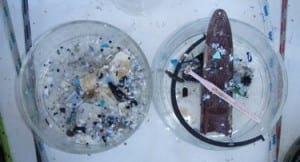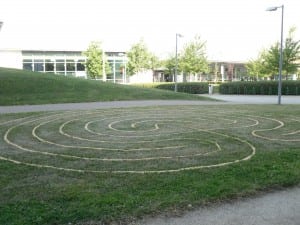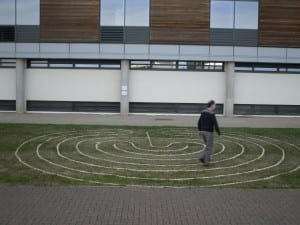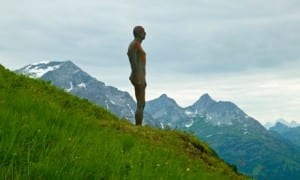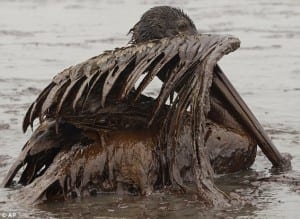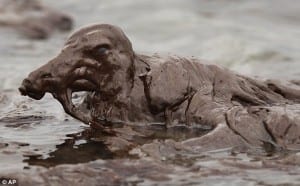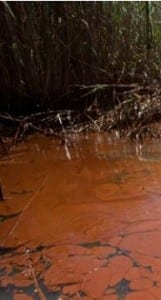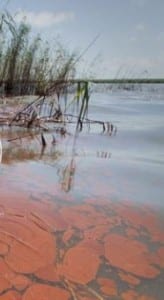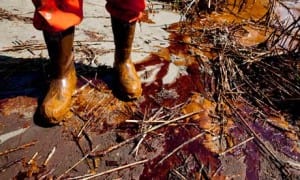[nggallery id=6]
In Hong Kong the divide between east and west is tangible. The concrete steel and glass skyscrapers are indicative of scores of Western cities. Expensive hotels surround the Hong Kong Convention Centre in Wan Chai, all joined by a series of walkways that cross over roads and mean you can effectively spend a week in the harsh air conditioning, your feet never touching the ground. Which would be a shame because it’s down at ground level that you find the real Hong Kong. Where the Western façade gives way to colour and culture that has existed unchanged for centuries. Where food is cooked on the street; the jobless sit in dirty corners and the hopelessness of poverty is etched into tired faces. Young teenage girls stand in club doorways inviting tourists inside; they look like they should be doing their homework not pandering to sex tourism. In Hong Kong there is no middle way. If you are rich, you live above street level, if you are poor your life is lived in among the doorways and rubbish piles, where the smell of frying onions mingles with sewerage.
Nothing in Hong Kong is free. I visited a state nursery for children with disabilities where even the poorest parents pay a contribution. At the Hong Kong Institute for the Blind, cheaper treatments are offered but still at a cost. Education for children is a valued priority; a way out of poverty, an opportunity for greater participation in western lifestyle and values; the evidence of which is everywhere in the ubiquitous, globalised brands of McDonalds, Subway and Starbucks, all key players in the internationalisation of cities where consumerism is rife and difference reduced to the type of currency unit in your pocket.
Some of the best things about Hong Kong are their virulent anti-smoking policies; they’re anti-plastic bags and litter. Functions and events run smoothly. The metro is a dream, spotlessly clean and easy to navigate. The buses, trams and Star ferries between Hong Kong and Kowloon and the surrounding islands operate on regular, cheap timetables. I never saw anyone drunk or aggressive in public. The day begins with Tai Chi, an example that would benefit us all with its slow, smooth grace. Peaceful Buddhism is a major religion and the government openly influenced by Confucian philosophy. This again is symptomatic of the dichotomy. Hong Kong is key to capitalism, its skyline dominated by the International Financial Centre, while down in the streets below the traditional Chinese medicine shops stock dried animal parts for the holistic treatment of individual ills and ailments. Like the difference between the humidity and the chilled air conditioning, Hong Kong is a city of contrasts, but one where you need to get out into the heat to experience it.
My next blog will be about The Agenda, the 2010 International Social Work and Social Development Conference and HUSITA (HUman Services Information Technology Applications).
